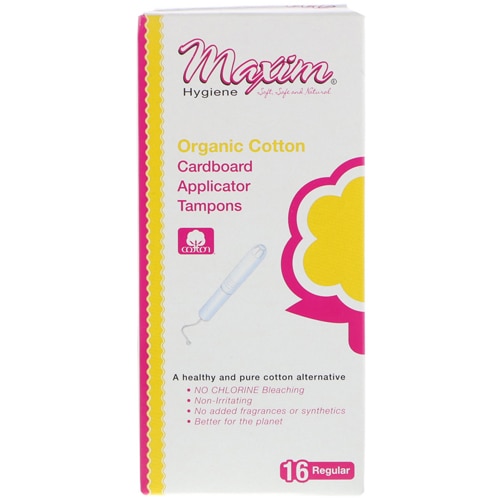It’s time for a toxin takedown. Environmental toxins are cancer-causing chemicals and endocrine disruptors, both human-made and naturally occurring, that can harm our health by disrupting sensitive biological systems. They can be found everywhere, in every room of our homes and in most of the products we buy—including the packaging. Studies show they can linger in the human body for years, cumulatively causing harmful health impacts.
Insidious and pervasive, the toxins show up in the most innocuous of products. In February, the New York Times reported that “the Justice Department and Securities and Exchange Commission are investigating Johnson & Johnson over concerns about possible asbestos contamination of its popular baby powder and other talc-based products.”
In other news, the EPA are working on a plan to set national drinking-water limits for two harmful chemicals linked to cancer, low infant birth weight and other health issues. The EPA calls the proposal the “first-ever nationwide action plan” to address the health effects of human-made chemicals known as poly- and perfluoroalkyl substances, or PFASs, commonly used in cookware, pizza boxes, stain repellents and fire retardants.
While it’s hard to live to eliminate toxins completely from modern life, you can at least educate yourself and make choices that can reduce your exposure. Here’s what you need to know.
Alcohol
What: You may be surprised to discover that alcohol, in certain amounts, is in fact a toxin. However, nowadays it’s often touted as a superfood. (Note that numerous studies about the health benefits of alcohol were funded by the alcohol industry.)
Health impact: Alcohol damages your liver, reduces the number of oxygen carrying red blood cells, and increases your risks of certain cancers.
Found in: Any alcoholic drink, including wine.
Healthier alternatives: Kombucha, CBD infused beverages, coconut water
Polybrominated diphenyl ethers (PBDEs)
What: a flame retardant.
Health impact: Damage to the nervous system, liver and kidneys.
Found in: virtually every building, household dust (it’s in furnishings, paint products, mattresses, foam products such as pillows, carpet underlay, car interiors, baby seats, computer goods, and appliances), swimming pools as they leach out of clothing that contain them.
Healthier alternatives: Buy PBDE-free furniture as PBDEs are often used in furniture upholstery and foam. Avoid furniture with stain-guard and water-repellent treatments. To protect furniture from spills and pets, choose a washable cover instead.
PFOA -- Perfluorooctanoic acid
What: A family of thousands of chemicals—teflon is the most famous—used to make water-, grease- and stain-repellent coatings for a vast array of consumer goods and industrial applications.
Health impact: A carcinogen that affects the liver, immune system,and reproductive system. It’s linked to cardiovascular disease, may raise LDL cholesterol, obesity, and diabetes.
Found in: Non-stick cooking pans, waterproof clothing (including in kid’s school uniforms), greaseproof paper, stain repellents for carpets and furnishings.
Healthier alternatives: Ceramic, stainless steel, cast iron make great Teflon replacements—plus they don’t have any of the controversy that some of the other nonstick materials do.
Mercury
What: A naturally occurring metal found in the Earth’s crust as well as a by-product of industrial processing.
Health impact: The World Health Organization says “Exposure to mercury—even small amounts —may cause serious health problems. It may have toxic effects on the nervous, digestive and immune systems, and on lungs, kidneys, skin and eyes.”
Found in: Amalgam fillings; vaccinations (though most are being phased out); large fish such as swordfish, whales, marlin, king mackerel, dolphins and tuna (although tuna also offers some health benefits); coal and gold-mining plants; fungicides; solvents; hair dyes; eco light bulbs.
Healthier alternatives: Tuna offers important health benefits, despite low levels of toxicity. The recommendation is to consume three portions of fish per week, which can include one serving of canned tuna. As alternative sources of fish try canned salmon, sardines or chickpeas of the sea, a.k.a hummus.
5 Benzene, Xylene and Toluene
What: Fossil fuel solvents used in a variety of products.
Health impacts: Can lead to cancer as well as has a negative impact on respiratory, nervous, immune, cardiovascular and reproductive systems. These solvents also contribute to inflammation and genetic mutations.
Found in: Cigarette smoke, nail polish, paints, lacquers, pesticides, insect repellents, perfumes, cleaning fluids, glue and rubber products, and exhaust fumes.
Healthier alternatives: Look for less toxic brands and formulations of nail polishes. You can also BYOP (Bring Your Own Polish) to your nail salon. For younger children it’s a good idea to limit polish use.




